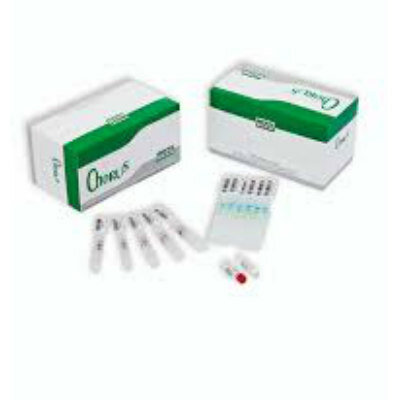Curcumin Used to Treat Alzheimer’s Disease
By LabMedica International staff writers
Posted on 27 Jan 2015
Curcumin, a natural substance found in the spice turmeric, has been used by many Asian cultures for centuries. Now, new research suggests that a close chemical analog of curcumin has properties that may make it useful as a treatment for Alzheimer’s disease.Posted on 27 Jan 2015
“Curcumin has demonstrated ability to enter the brain, bind and destroy the beta-amyloid plaques present in Alzheimer’s with reduced toxicity,” said Wellington Pham, PhD, assistant professor of radiology and radiological sciences and biomedical engineering at Vanderbilt University Medical Center (Nashville, TN, USA), and senior author of the study, published January 2015 in the Journal of Alzheimer’s Disease.
Accumulation and aggregation of protein fragments, known as beta-amyloid, has been show to drive the irreversible loss of neurons in Alzheimer’s disease. Developing small molecules to reduce this accumulation or promote its demolition is crucial, but the ability of these small molecules to cross the blood-brain barrier has been an inhibiting factor for drug delivery into the brain.
Dr. Pham and colleagues at Shiga University of Medical Science (Otsu, Japan), developed a new approach to deliver a molecule similar to curcumin more effectively to the brain. “One of the difficulties in the treatment of Alzheimer’s disease is how to deliver drugs across the blood brain barrier,” he said. “Our body has designed this barrier to protect the brain from any toxic molecules that can cross into the brain and harm neurons. “But it is also a natural barrier for molecules designed for disease-modifying therapy,” Dr. Pham said.
To work around the problems of giving the drug intravenously, the researchers decided to develop an atomizer to generate a curcumin aerosol. The Japanese researchers developed a molecule similar to curcumin, FMeC1, which was the one actually used in this study.
“The advantage of the FMeC1 is that it is a perfluoro compound, which can be tracked by the biodistribution in the brain noninvasively using magnetic resonance imaging. Curcumin is a very simple chemical structure, so it is not expensive to generate the analog,” Dr. Pham stated. “In this way the drug can be breathed in and delivered to the brain,” he said, noting that nebulizers are out in the market already, and are relatively inexpensive. “In this paper, we also showed that delivery to the cortex and hippocampal areas is more efficient using aerosolized curcumin than intravenous injection in a transgenic mouse model of Alzheimer’s disease,” Dr. Pham said.
Related Links:
Vanderbilt University Medical Center
Shiga University of Medical Science













